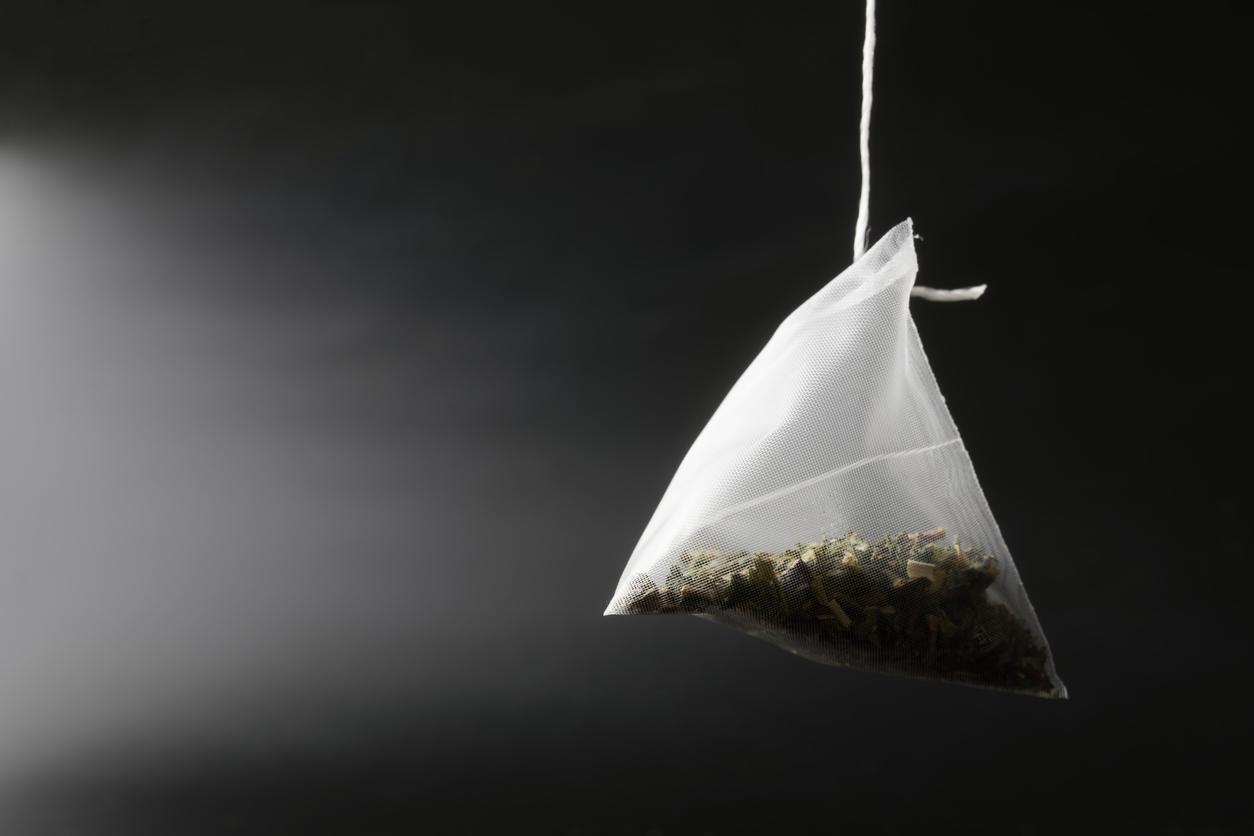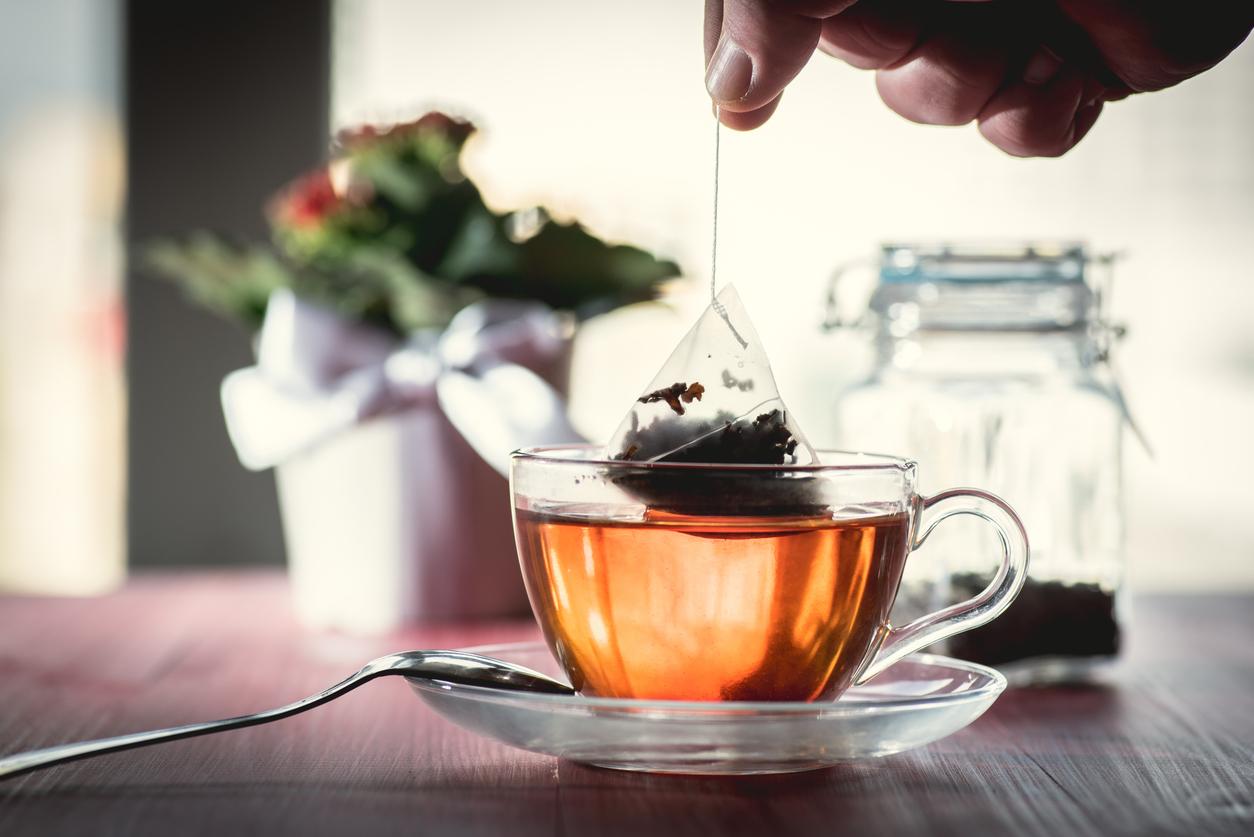Where does green tea come from?
green tea comes from a shrub, the Camellia Sinensis, which is also the origin of black tea and white tea. More precisely, it is the button and the first two leaves of the branches that are used.
Green tea has been appreciated for its taste and its medicinal properties for more than 5,000 years: a legend says that it was the emperor and herbalist Shennong who discovered this plant. He also noticed that it was a source of therapeutic virtues. In China, green tea was used as medicine before becoming a drink in its own right.
What are the benefits of green tea?
Green tea contains polyphenols, theine, vitamins, trace elements and other minerals. He is known for his many health benefits :
- It has antioxidant properties and protects the body from cellular aging (its polyphenols would block the development of prostate cancer cells).
- It boosts the immune system by helping the body defend itself against viruses and other infections.
- It improves blood circulation, which reduces the risk of cardiovascular disease.
- It helps to regulate and reduce cholesterol levels.
- It improves concentration and is even effective against mild memory loss.
- It is effective in the fight against Parkinson’s disease as a neuroprotector.
- It facilitates intestinal transit and promotes good digestion.
Green tea is recommended for people on a diet. It guarantees a fat-burning and draining effect. It is therefore a slimming ally if it is integrated into a healthy diet.
How to consume green tea?
It is generally recommended to drink three cups of green tea a day, before or after the meal. Green tea containing theine, it is best not to drink it at least 4 hours before bedtime so as not to interfere with falling asleep.
On the market, you will find a multitude of green teas, in sachets or in bulk. Among them are:
- THE “Sencha“, whose name means “infused tea”, which is one of the most consumed green teas in Japan. It is produced in the province of Kyushu and offers a vegetal and slightly iodized taste.
- THE “Long Jin“, which is grown in the province of Zhejiang in China. Appreciated for its delicate fragrance, this green tea delivers a sweet aftertaste as well as a nutty aroma.
- THE Green Darjeeling, originally from India. Characterized by a light and floral fragrance, it is appreciated for its softness and freshness.
There are also green tea tablets and capsules. For cerebral action, take food supplements containing 300 to 400 mg of green tea extract per day.
Are there any contraindications to green tea?
To note : if it is advisable to drink three cups a day, do not hesitate to consult your doctor to find out more about the dosage that corresponds to your case.
The consumption of green tea is not recommended for people who suffer from iron deficiency and for those undergoing chemotherapy. This plant would even increase the toxicity of certain treatments and reduce their effectiveness.
Side effects may also occur: restlessness, insomnia, feeling thirsty, diuretic effect, digestive problem, etc.
Read also: Fenugreek: does it make you fat, what benefits, how to use it?Guarana: benefits, uses and origins of this “fat-burning” plantMallow: origins, health benefits, how to use it?Magnolia: relaxation, health benefits, how use it?
















